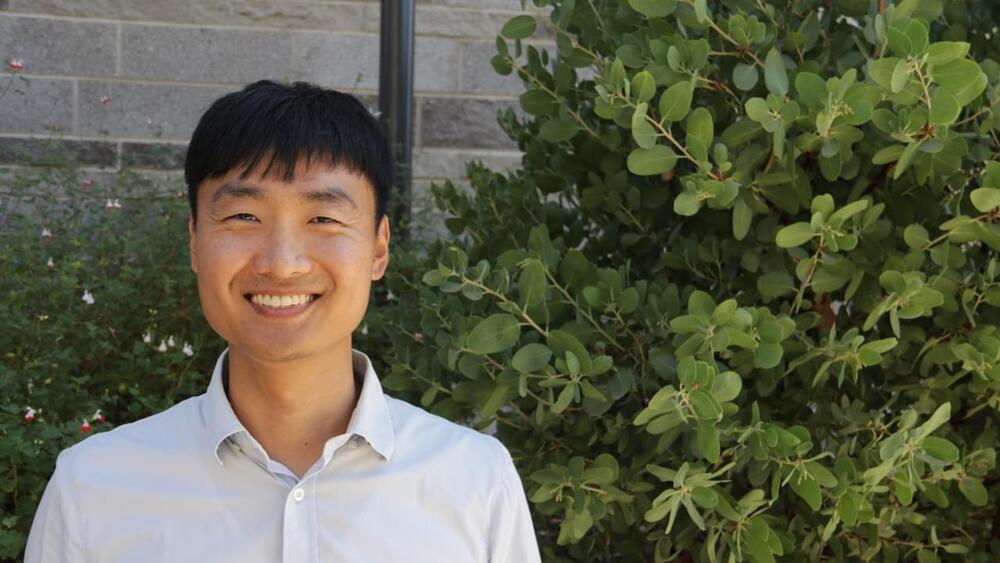Dec 14, 2023
Micro-Ring Resonators: Unlocking New Dimensions in Laser Technology
Posted by Saúl Morales Rodriguéz in categories: computing, engineering
EPFL researchers have developed a hybrid device that significantly improves existing, ubiquitous laser technology.
The team at EPFL’s Photonic Systems Laboratory (PHOSL) has developed a chip-scale laser source that enhances the performance of semiconductor lasers while enabling the generation of shorter wavelengths. This pioneering work, led by Professor Camille Brès and postdoctoral researcher Marco Clementi from EPFL’s School of Engineering represents a significant advance in the field of photonics, with implications for telecommunications, metrology, and other high-precision applications.
Innovative integration for improved coherence and visibility.


















